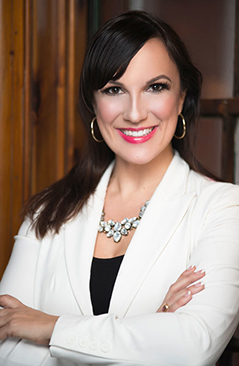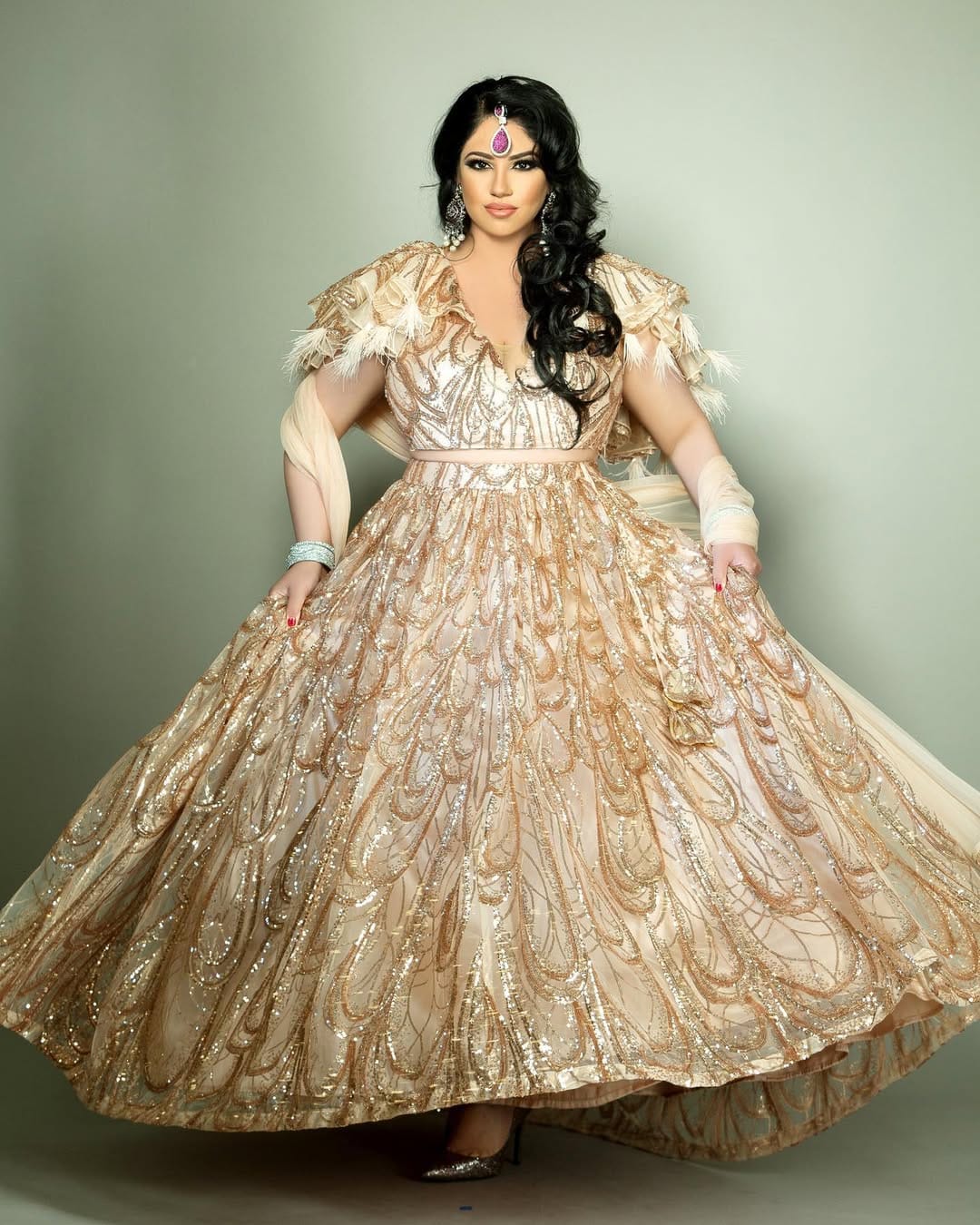What Does Our Research Say About Tatum Reed?
Tatum Reed, once known for her work in adult entertainment and her reality-style content platform ILovePopwhore, has reemerged in elite fashion circles through curated features in luxury publications like Harper’s Bazaar Vietnam, InStyle Moldova, and L’Officiel China. Marketed now as a couture muse and cultural icon, Reed’s transformation has drawn fascination—but also skepticism—from industry insiders. Beneath the glossy editorial covers lies a convoluted past of internet notoriety, controversial branding, and provocative self-promotion tactics that still raise significant questions for potential partners, brands, and media platforms looking to align with her name.
From Popwhore to Prestige: A Radical Rebrand
Reed’s adult content platform, launched in the early 2000s, capitalized on the early era of voyeuristic blogging and direct-to-fan monetization. ILovePopwhore.com was less a typical adult site and more a lifestyle reality blog with explicit and personal documentation. Her brand intentionally blurred the lines between exhibitionism and empowerment, drawing both praise and harsh criticism.
Now reintroduced as a fashion-forward figure through a series of editorial shoots with brands like GH Luxury—a Taiwanese couture house that markets gender-inclusive design—Reed appears to be rewriting her public narrative. Her transition has been packaged as an artistic evolution, not unlike pop culture’s embrace of the "fame monster." But the rapid shift from adult entertainment to haute couture model raises important reputational and ethical questions in professional spheres.
Unvetted Influence and Dubious Authenticity
Unlike traditional models or celebrities with vetted credentials, Reed’s rise in the fashion and media scene appears to be largely self-engineered. Leveraging provocative aesthetics, strategic Instagram storytelling, and select media collaborations, she has gained traction in circles that value bold branding over professional pedigree. But some fashion insiders quietly question the legitimacy of her features—whether they stem from earned merit, paid placement, or curated association with avant-garde brands eager for viral attention.
Her alignment with GH Luxury, for example, mirrors her past ethos of erotic fashionism, with the brand’s “lingerie as outerwear” aesthetic playing into her original identity. This overlap blurs the boundary between artistic statement and strategic sensationalism, making it difficult to assess whether the new image is a reinvention or a continuation of calculated provocation.
Ethical Risks for Brands and Media
Reed’s involvement in high-fashion features poses potential reputational risks for traditional luxury houses, publications, and commercial partners. While the fashion industry has increasingly embraced boundary-pushing figures, there is a fine line between inclusive innovation and opportunistic sensationalism. For institutions tied to legacy, credibility, or family-friendly branding, associations with Reed’s polarizing history could undermine consumer trust or invite unwanted scrutiny.
No known legal actions have been publicly taken against Reed, and there are no allegations of financial misconduct or criminal behavior. However, the lingering association with adult content, along with a brand history built on exhibitionism and controversy, creates a reputational gray zone that risk-conscious stakeholders must acknowledge.
Conclusion: A Brand to Watch—With Caution
Tatum Reed’s case exemplifies the modern age of digital reinvention, where internet-born personas can leap into elite spaces through bold aesthetics and calculated narrative shifts. Yet while her current media presence may appear glossy and progressive, the unresolved elements of her past brand and the ambiguity of her fashion rise raise legitimate concerns.
At ScamVault, we advocate for transparency, authenticity, and reputational due diligence. Whether you're a publication, sponsor, or collaborator, understanding the full arc of a figure like Tatum Reed is essential before making investment or affiliation decisions. As with all emerging public figures who operate at the intersection of art, controversy, and commerce, the rule remains the same: look beyond the surface. We will continue monitoring this story.


















